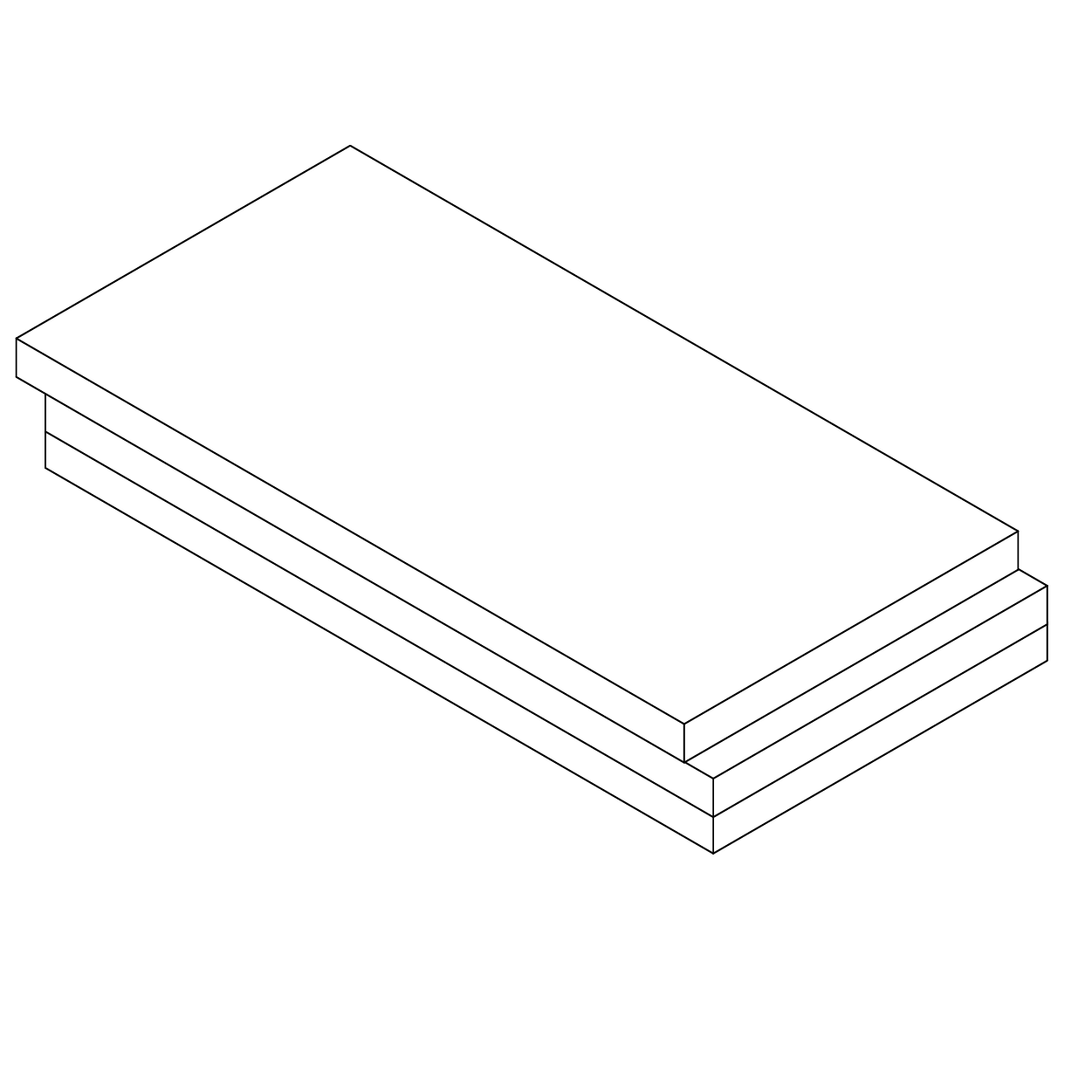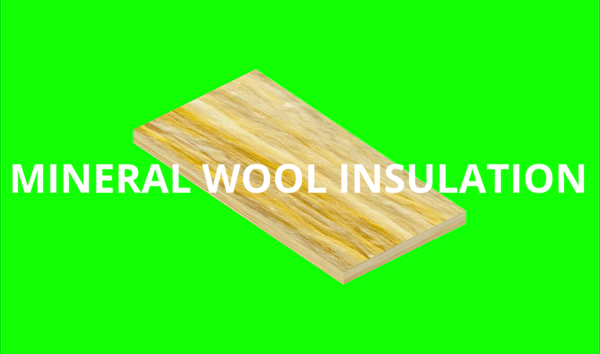PRODUCT SIZE
62.5 x 1250 x 5 mm
![]()
GEOLOGICAL PERIOD
Cenozoic - Archean (Basalt)
Present - 4 BYA
COMPOSITION
98% Volcanic rock or slag
2% resin binder
62.5 x 1250 x 5 mm

GEOLOGICAL PERIOD
Cenozoic - Archean (Basalt)
Present - 4 BYA
COMPOSITION
98% Volcanic rock or slag
2% resin binder
GEOLOGICAL BIO
How is it that wool comes from stone? Mineral wool insulation is a curiously geological product: its fluffy, fibrous threads are actually spun from molten rock, in a process that can be likened to spinning cotton candy.
The volcanic rock (primarily basalt) and slag content (industrial steel byproduct) in mineral wool has allowed the product to be hydrophobic and fire-resistant, while also beating fiberglass insulation in thermal and soundproofing properties. In the Holocene, ancient rocks are turned into mats, batts, and rolls for modern applications. As one global manufacturer Rockwool puts it: "Stone and civilization were made for each other.”
For other insulation products, see Fiberglass Insulation and Foam Board Insulation.
EXTRACTION / MANUFACTURING PROCESS
Mine basalt and collect materials such as steel slag ︎︎︎ melt rock ︎︎︎ spin rock ︎︎︎ collect wool ︎︎︎ cure and cool wool ︎︎︎ cut into batts ︎︎︎ mark wool ︎︎︎ pack and ship
How is it that wool comes from stone? Mineral wool insulation is a curiously geological product: its fluffy, fibrous threads are actually spun from molten rock, in a process that can be likened to spinning cotton candy.
The volcanic rock (primarily basalt) and slag content (industrial steel byproduct) in mineral wool has allowed the product to be hydrophobic and fire-resistant, while also beating fiberglass insulation in thermal and soundproofing properties. In the Holocene, ancient rocks are turned into mats, batts, and rolls for modern applications. As one global manufacturer Rockwool puts it: "Stone and civilization were made for each other.”
For other insulation products, see Fiberglass Insulation and Foam Board Insulation.
EXTRACTION / MANUFACTURING PROCESS
Mine basalt and collect materials such as steel slag ︎︎︎ melt rock ︎︎︎ spin rock ︎︎︎ collect wool ︎︎︎ cure and cool wool ︎︎︎ cut into batts ︎︎︎ mark wool ︎︎︎ pack and ship
